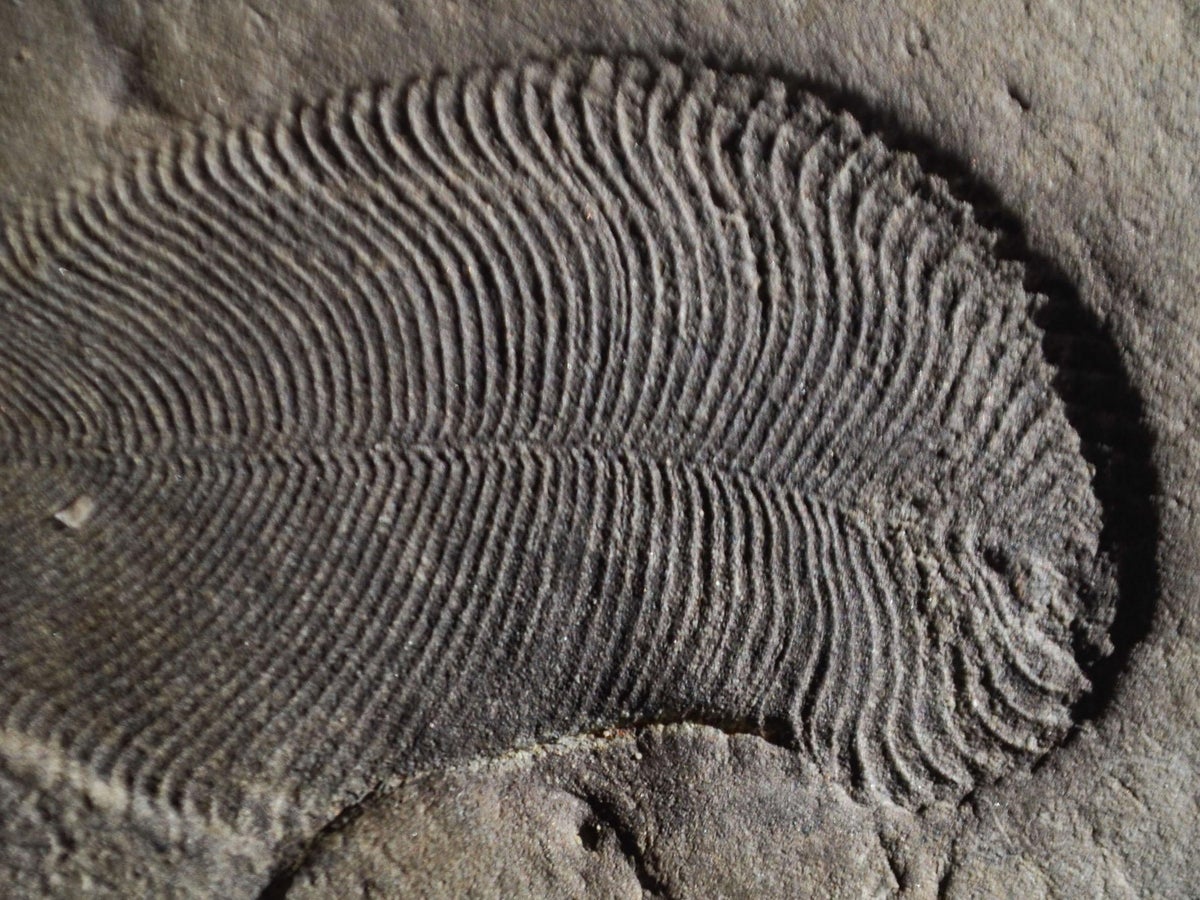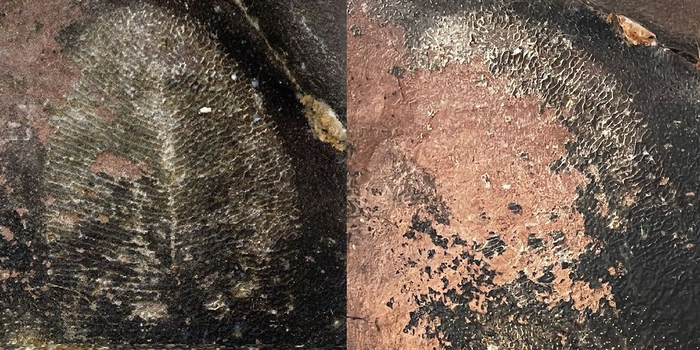
A sensational “fossil” discovery in 2020 of a rare 550 million-year-old life form has turned out to be “a case of mistaken identity,” according to a new study.
The “fossil” found at the Bhimbetka Rock Shelters cave site in India’s Bhopal city was declared as one that belonged to the primitive animal Dickinsonia tenuis.
New research, published recently in the journal Gondwana Research, however, found it was just the imprint of a recently decayed “giant beehive”.
The 2020 discovery was also published in the same journal.
It was widely reported as evidence that Dickinsonia – one of the earliest animals to have lived on Earth – was likely present in the Indian subcontinent at a time when India, Australia, South America, Africa, and Antarctica were a single landmass.
Scientists behind the earlier study had also argued that the Indian finding resembled a Dickinsonia tenuis fossil previously found in South Australia.
It was hence suggested that the supercontinent Gondwanaland may have been assembled 550 million years ago and that Dickinsonia might have also been present at similar temperate and subtropical latitudes.
“The find attracted the attention of The New York Times, The Weather Channel and the scientific journal Nature as well as many Indian newspapers,” said scientists, including those from the University of Florida (UF) who were behind the latest research.
“We visited the site in December 2022 and found the evidence for Dickisonia lacking,” they wrote in the new study.
“You might say, ‘Okay, well what’s the big deal if they are 550 million or a billion years old?’ Well, there are lots of implications,” Joseph Meert, a UF professor of geology, also behind new findings, said in a statement.
“One has to do with the paleogeography at the time, what was happening to continents, where the continents were located, how they were assembled. And it was a period when life was going through a major change, from very simple fossils to more complex fossils,” Dr Meert added.

The UF scientists said that since the 2020 discovery, the object had also “seemingly decayed significantly”, something “quite unusual” for a fossil.
“The fossil was peeling off the rock,” Dr Meert added.
Instead, it resembled “decayed parts of modern giant honeybee hives,” scientists pointed out.
They also found that the “fossil” was not part of the rock at the site, but was instead “attached as a tracery of waxy material” above its surface.
Photos from the original study also revealed “honeycombed structures” within the purported “fossil”.
“A closer look demonstrates that the impression resulted from decay of a modern beehive which was attached to a fractured rock surface which, at first glance, resembles Dickinsonia,” they explained in their study.
The authors of the original paper also agreed with the latest findings.
“It is rare but essential for scientists to confess mistakes when new evidence is discovered,” Gregory Retallack from the University of Oregon in the US, one of the authors of the 2020 paper, said in a statement.







